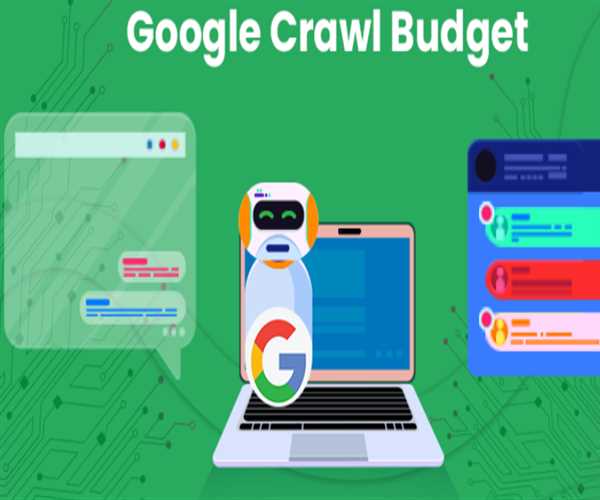Google has a certain budget for how many pages its bots can and will crawl on any given website. The internet is vast, therefore Googlebot can only spend so much time scanning and indexing our pages. Crawl budget optimization is the process of ensuring that the correct pages on our websites appear in Google's index and are eventually shown to searchers.
Influencing how crawl spending is used may be a more challenging technological improvement for strategists to accomplish. However, for enterprise-level and ecommerce websites, it is recommended to maximize crawl budget whenever possible. Site owners and SEO strategists may use a few adjustments to direct Googlebot to crawl and index their top-performing pages on a regular basis.
Read the blog till end to get a better understanding on Website crawling budget and how google determines the crawling budget:
How does Google decide the crawl budget?
Crawl budget refers to the amount of time and resources Google is willing to spend crawling your page. The equation goes as follows:
Crawl budget equals crawl rate plus crawl demand.

Domain authority, backlinks, site speed, crawl mistakes, and the amount of landing pages all have an influence on a website's crawl rate. Larger sites often have a greater crawl rate, whereas smaller, slower sites, or those with many redirects and server failures are crawled less frequently.
Google also decides crawl budgets based on "crawl demand." Popular URLs have a greater crawl demand since Google strives to give consumers the most up-to-date material. Google dislikes stale information in its index, so pages that have not been crawled in a while will be in high demand. If your website undergoes a site migration, Google will boost crawl demand in order to more rapidly update its index with your new URLs.
Your website's crawl budget might vary and is not fixed. If you enhance your server hosting or site performance, Googlebot may begin scanning your site more frequently because it is not slowing down the web experience for users. Check your Google Search Console Crawl Report for a better understanding of your site's current average crawl pace.
Does every website have to worry about their crawl budget?
Smaller websites that simply want a few landing pages to rank do not need to worry about crawl budgets. However, bigger websites, particularly those with a high number of broken pages and redirects, might quickly exceed their crawl limit.
Large websites with tens of thousands of landing pages are more likely to exceed their crawl budget. Crawl costs often have a detrimental influence on major ecommerce websites. I've come across some commercial websites with a considerable number of unindexed landing pages, which means no possibility of ranking in Google.
There are several reasons why ecommerce sites, in particular, should pay closer attention to where their crawl spend goes.
- Many ecommerce businesses create hundreds of landing pages for their SKUs, as well as for each area or state where they sell their items.
- These sorts of websites update their landing pages on a frequent basis when things go out of stock, new products are introduced, or inventory changes occur.
- Ecommerce sites frequently use duplicate pages (such as product pages) and session identifiers (such as cookies). Googlebot perceives them as "low-value-add" URLs, which has a detrimental influence on the crawl rate.
Another issue in influencing the crawl budget is that Google can increase or decrease it at any time. Although a sitemap is a vital step for big websites to boost the crawling and indexing of their most important pages, it is insufficient to ensure Google does not exhaust your crawl budget on low-value or underperforming pages.
Factors impacting the crawl budget
According to our research results, having a lot of low-value-add URLs might hurt a site's crawling and indexing. We discovered that low-value-add URLs fell into the following groups, in order of significance:
- Faceted navigation and session IDs
- On-site duplicate content
- Soft mistake pages.
- Hacked pages
- Infinite spaces and proxy
- Low-quality, spammy material
Wasting server resources on sites like these diverts crawl activity away from pages with genuine value, potentially delaying the discovery of outstanding information on a site.




Leave Comment